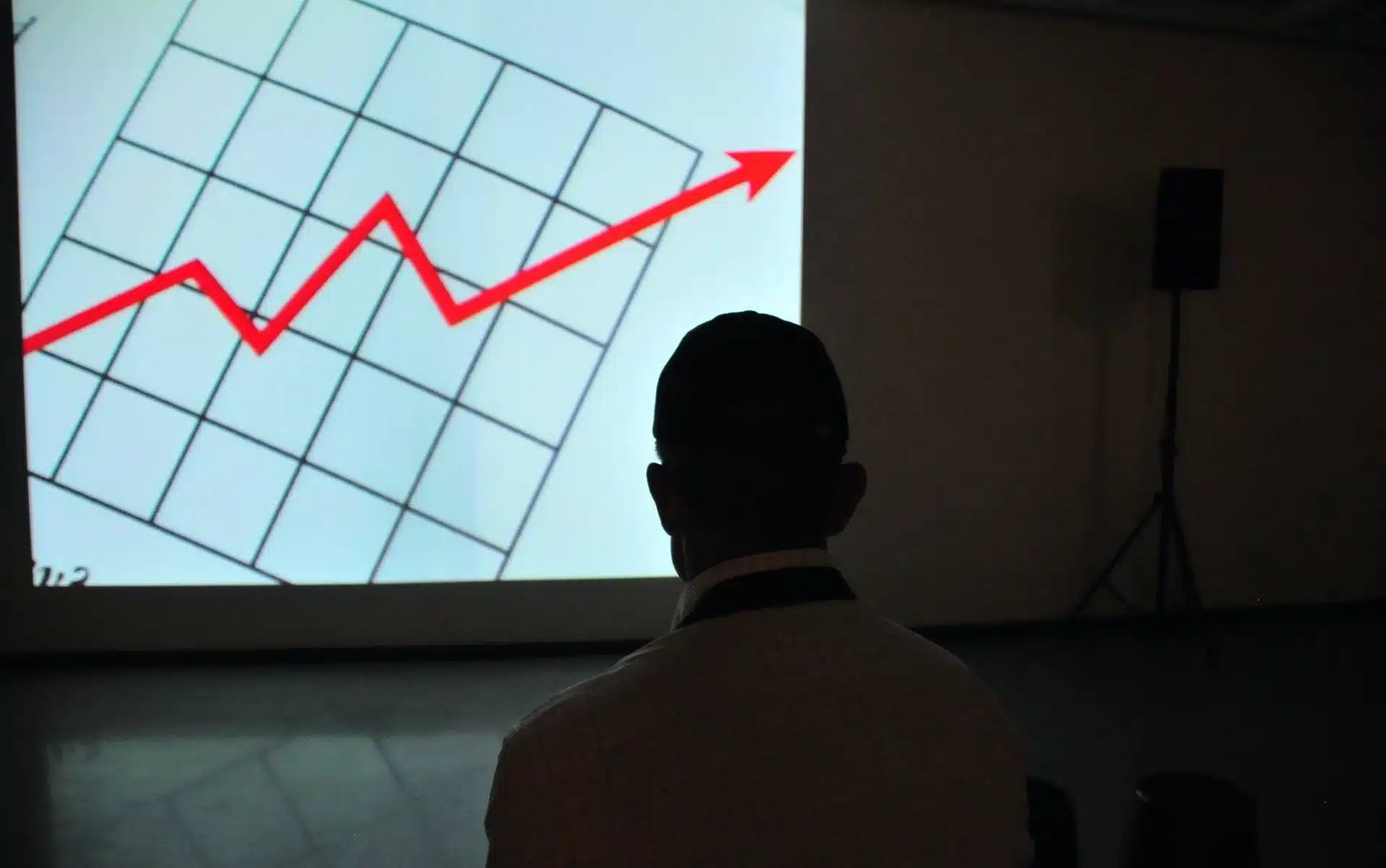Once again, the Polish currency ended the week strengthened, this time due to hawkish messages from the MPC conference. The focus of the markets is now on the meetings of the most important central banks. We will already know the ECB’s decision this week, and those from the Fed and BoE – next week.
Key points:
– MPC makes a hawkish turn, EUR/PLN is close to the psychological barrier of 4.25.
– The NFP report was mixed; markets price a December cut in the Fed rate at 90%
– The French government collapses, the focus is now on budget discussions.
– The ECB should lower rates by 25 basis points; projections will be crucial.
President Glapiński surprised both markets and economists with his hawkish rhetoric last Thursday, pushing back the expectations for a March rate cut. Globally, investors focused on the moderately strong US labour market report, but it was not enough to disrupt market complacency. Apathy spread to the most important emerging market currencies, apart from the South Korean won, which, due to political turmoil, ended the week at the bottom of the ranking.
The year is coming to an end, and market attention – at least temporarily – is more focused on central banks than on politics. Over the next few weeks, the most important of them will hold their meetings, starting with the European Central Bank on Thursday (12.12). We agree with the market, which is pricing in a cut of 25 basis points. The last inflation report (Wednesday 11.12) before the December meeting of the Federal Reserve could considerably exceed expectations and thus undo expectations for a December cut that is 90% priced by the markets.
PLN
The week of political turmoil ended with the strengthening of the złoty, which once again proved to be one of the best-performing currencies globally. The EUR/PLN rate broke through the 4.26 level in the morning hours, thus approaching the psychological barrier of 4.25 that was slightly exceeded last in July. Most of the recent movements in the złoty can be assigned to the hawkish turn of the MPC. Both the statement and the final conference brought surprising messages that distracted economists and investors from the widely expected resumption of cuts in March.
Attention focused on the updated inflation projection of the NBP, which assumes a decrease in the dynamics of prices in the first part of 2025 and a return to higher levels in the second half of the year. The revision is mainly driven by concerns about a significant increase in energy prices, which we believe are greatly exaggerated. Some of those in the meeting – Henryk Wnorowski, Cezary Kochalski, and Ludwik Kotecki – as well as us, still consider the March discussion on interest rate cuts as rational.
In the coming days, investors will analyse how much they believe in this hawkish turn, which could affect the Polish currency’s exchange rates. They will also keep an eye on external factors, highlighted by the ECB meeting on Thursday (12.12) and the inflation report on Wednesday (11.12).
EUR
The fall of the French government was largely priced by the markets, and the euro ended the week slightly stronger against the dollar. However, challenging times are ahead since it failed to adopt the 2025 budget, leaving the task of providing support to the economy entirely in the hands of the European Central Bank.
The key is of course Thursday’s meeting of the bank. Still, policymakers have so effectively pushed back the possibility of a 50-basis-point cut that markets have almost completely ruled it out. The most important, in our opinion, will be new forecasts for economic growth and inflation. The euro is currently at very low levels, and projections, especially price dynamics, would have to be significantly revised downwards to justify further depreciation.
USD
The November NFP (non-farm payrolls) report indicated a return to normality after the disruptions of the previous month caused by hurricanes and a strike at Boeing. The US economy remains in full employment, with wages growing at a healthy rate. The dollar initially sold off after the report was published, potentially because of the confirmation of a higher unemployment rate. The situation quickly changed, however, as markets also noted a stronger-than-expected increase in jobs and better wage data.
Next week the Fed is likely to cut interest rates; however, it is still uncertain how far they could fall in the coming months, given the macroeconomic context and the prospects of the Trump administration’s pro-inflationary policy. Wednesday’s (11.12) reading will likely show that core monthly inflation in November was again close to 4% annualised, which we believe is hard to reconcile with a final Fed rate well below 4%.
GBP
The last week was exceptionally calm for the pound – no significant macroeconomic readings were published. Bank of England Governor Andrew Bailey gave mixed messages to the market. He suggested that quarterly cuts next year are likely – that’s somewhat more aggressive than the three cuts currently being priced in by the swap markets. However, he warned that the current budget, perceived as leading to higher inflation, might lead to a more gradual easing of monetary policy.
Latest survey data have been weak, while hard data have been doing better. Markets are not expecting a cut at the BoE meeting next week. Still, the likelihood of such a move at the subsequent one in February is priced in at over 80%, and a final rate of around 4% is one of the highest among G10 countries. Decent economic readings and relatively high-interest rates should also support the pound in 2025.
Authors: Enrique Diaz-Alvarez, Matthew Ryan, Michał Jóźwiak, Eduardo Moutinho – Ebury analysts
Source: https://ceo.com.pl/jastrzebi-zwrot-rpp-wzmacnia-zlotego-eur-pln-blisko-425-rynki-czekaja-na-decyzje-ebc-fed-i-boe-83235
